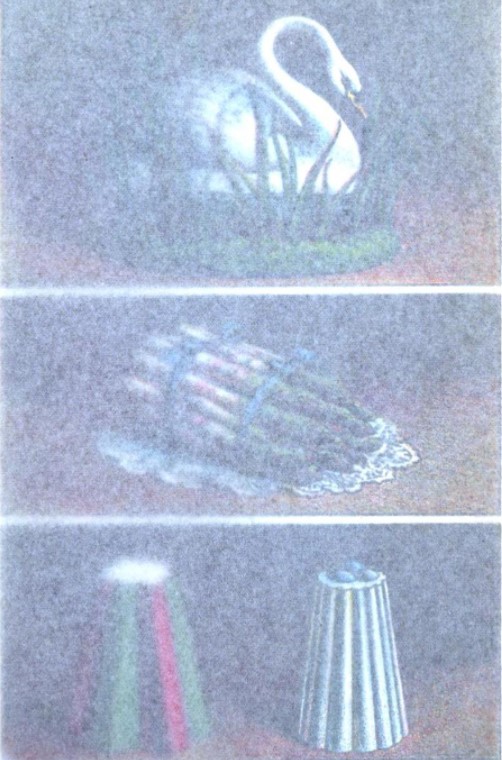
Ice Molds available in the late 1800s.
Q: I know Gunter’s Ices was a respectable place for a governess to take her charges. Is it true Regency “ices” were closer to modren popsicles than ice cream?
Thanks for the question, Susan, and for being a Regency Reader!
I have a post on Gunter’s which describes the different types of textures and styles of ices: Regency Hot Spots: Gunters – Regency Reader (regrom.com)
Ices could be similar to popsicles or sorbets (sometimes called ice waters), where water flavored with jam or syrup were then frozen into shapes for enjoyment as a frozen treat:
The New London Family Cook: Or, Town and Country Housekeeper’s Guide (1818)
There were cream ices, prepared with jam, cream, sugar and sometimes eggs, similar to modern ice cream:
A Complete System of Cookery (1813)
There were other cream ices made from fruit and liqueur syrups, as well as cream, sugar and eggs or cream ices made from ripe fruits. Some were started like custard, where you would heat the cream before pouring onto sugar and egg yolks and mixing. The mixture would then be placed back on the heat until it thickened, run through a strainer, let cool before adding vanilla or another flavor, and then freezing either in a box or mold. When partially frozen, whipped cream could then be added to the custard to increase its fluffiness.
In 1830, William Gunter had published Gunter’s Confectioner’s Oracle, with recipes and even recommendations for service at parties.
In the 1860s, the Chief Confectioner at Gunter’s released a recipe and “practical guide” to confectionery which is delightful and gives a peek at what may have been on offer at Gunter’s in that era. The linked edition is from 1870.












Thank you very much. This should help with my story.